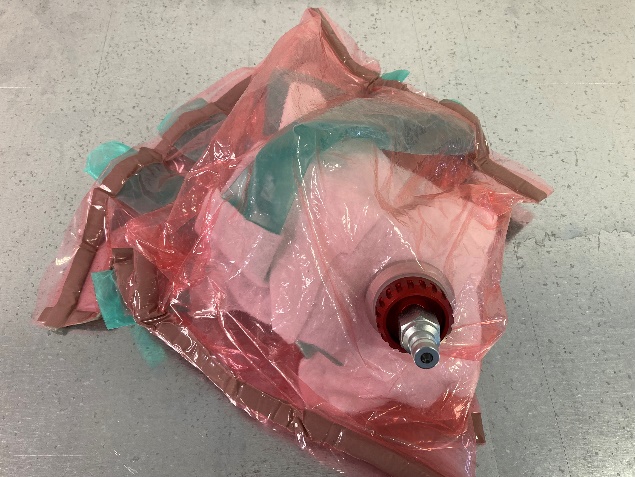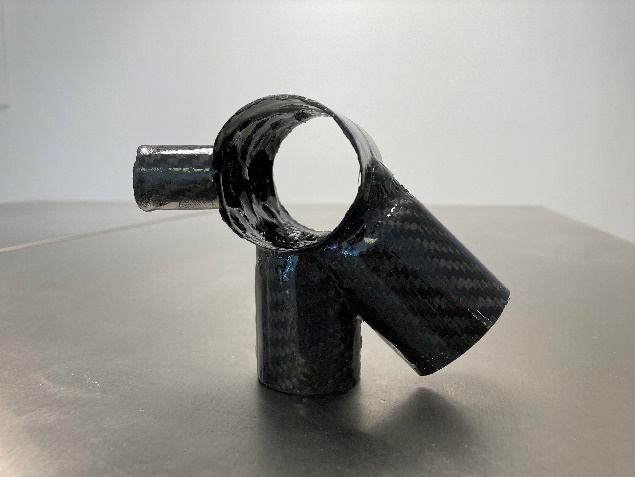Wet Layup, Resin Infusion, Resin Transfer Moulding, Pre Preg
What are Composites?
A composite is defined as a mixture of two or more materials that when combined give properties superior to those of the individual components. Composites are composed of a matrix and reinforcement, the matrix would normally be resin and the reinforcement a fibre.
Common Composites
Commonly known composites are Fibreglass and Carbon Fibre. The resin (matrix) supports, bonds together and protects the fibres. Transfers applied load and stresses and imparts toughness to the composite. The temperature rating of the composite material is generally defined by the resin service temperature. The fibres (reinforcement) provide the strength and stiffness to the composite material.
Manufacturing Method
There are 4 main methods normally used to manufacture composite parts:
Advantages & Disadvantages
Each method has its own advantages and disadvantages. Orthogonal normally utilise Pre Preg or Resin Infusion for most parts, occasionally employing compression moulding for small solid Carbon Fibre parts like brake levers.
With the Infusion and Pre Preg methods the fibre plys are individually oriented so that the warp (strongest fibre orientation) is aligned to provide the best overall strength or maximum strength in a particular direction.
If you are interested in learning more about composites or have a project that you believe would benefit from the use of composites, please get in touch.

CF Pre Preg and Mould ready in Vacuum Bag for Vacuum and Oven

Example Carbon Fibre Bike Lower Socket, produced using 3D printed Mould and Pre-Preg Carbon Fibre/ Vacuum Bagging Process.
Call
© Orthogonal Engineering Ltd

